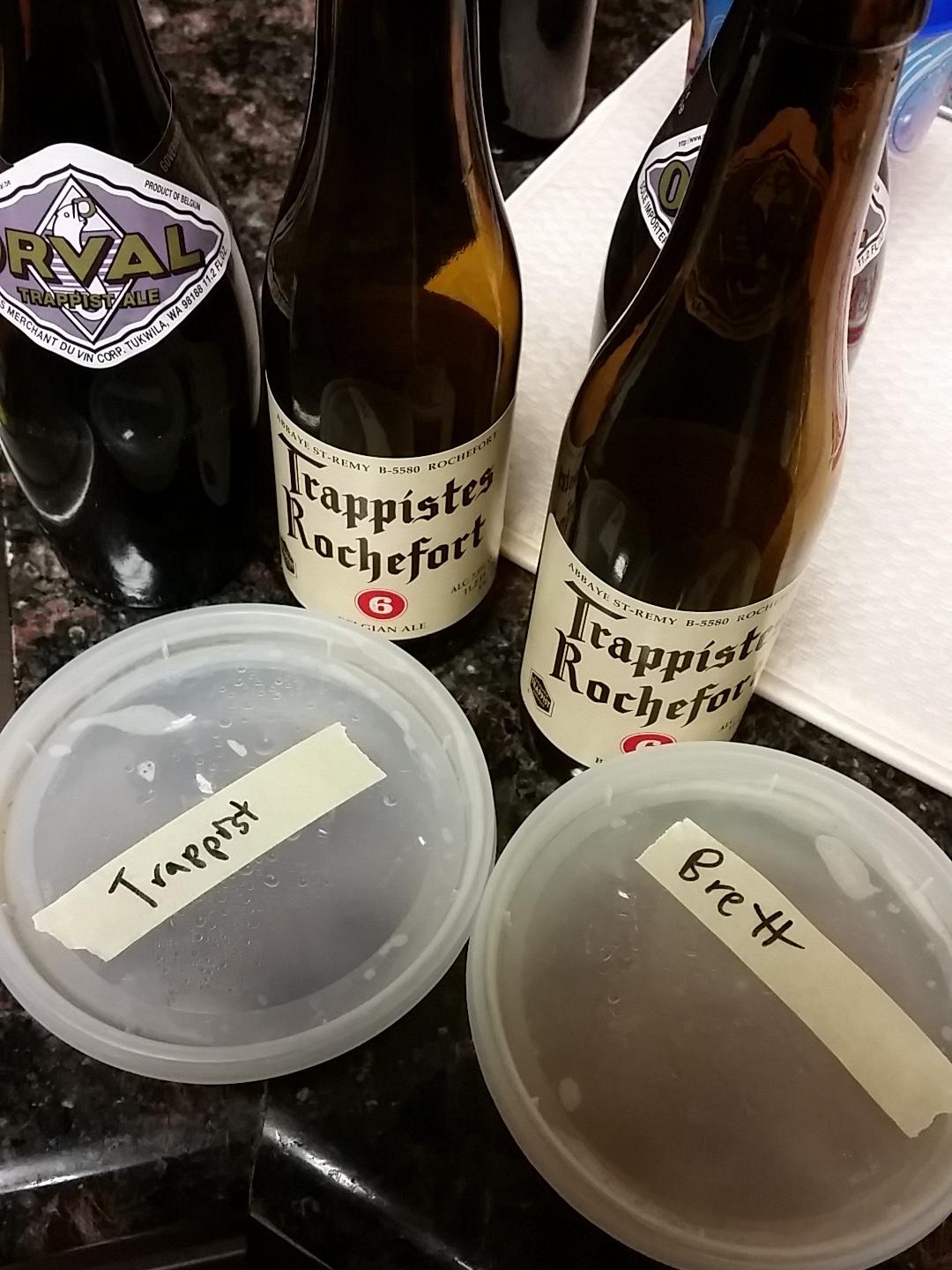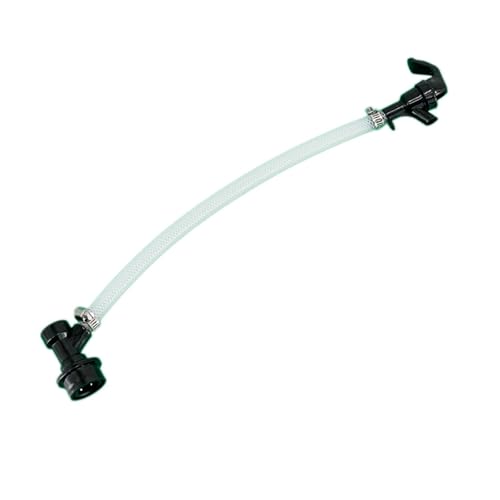burninator
Well-Known Member
- Joined
- Jul 27, 2014
- Messages
- 992
- Reaction score
- 351
try this: ["IMG]http://i.imgur.com/dEtdpsP.jpg[/IMG]Dang no luck with my imgur linktips anyone?
remove the quotation inside the first bracket


try this: ["IMG]http://i.imgur.com/dEtdpsP.jpg[/IMG]Dang no luck with my imgur linktips anyone?

Question about gravity readings, since I an brewing small one gallon batches I have never taken a gravity reading for not wanting to waste the sample, is it worth looking into a refractometer? Is it as accurate as a hydrometer?
Now do not forget to update us (me) with tasting notes!


Another project I am starting with small batches is bourbon oaking.
Ideally I'll have the discipline to let all bottles sit for 6 months 😁
Will do! Should be able to sample some it this weekend!
Have some oak chips and plan on using brandy, just haven't figured a recipe yet, but it's in the worksWill be the first time oaking anything.











Brandy sounds awesome. Mother In Law sent us home w what I thought was Apricot Brandy, but w help realized it was Apricot flavored Brandy liqueur. Bummer as I had my heart set on oaking my Wee Heavy w that instead of the bourbon. Man, Apricot Brandy Wee Heavy sounds awesome but don't want to ruin my first batch w a new fermentable variable. Maybe 2016.
Hoping y'all could give me a hand or offer me some advice. I've recently transitioned from 5 gallons to 1 gallon and 2.5 gallon brewing and from extract brewing to all grain brewing. Can you recommend any equipment: i.e. a false bottom mash tun or any other equipment that would be smaller and more focused for brewing smaller batches like the 1 or 2.5 gallons?
I know it is a silly question but was hoping maybe someone would have some insight.
Thanks and cheers
I just started all-grain brewing and I just had a couple of 2 gallon jugs lying around so I decided to get my process down on 1 gallon batches and I have no regrets! I went with the BIAB method and just mash in my pot and it couldn't be simpler.
The only complaint I have with BIAB with batches this small is that its harder to maintain mash temps in a pot, so it might be worth it to spend $15 or so and buy a mini-cooler for a mash tun that you can just plop a bag into and keep your temps more even.
Just my $0.02
You are correct, it is hard to maintain your mash temps for batches this small. However, I built a mini mash tun, pics below, and found it easier with BIAB and the pot because you can turn back on the heat easy. It was harder to maintain temps in the mini tun. I have gone back to BIAB. View attachment 286305

I have never bottled in that size. Never really even thought about it.General 1 gallon question though, does anyone have experience bottling in growlers or gallon jugs with these small batches? If so, how has it worked for you? I've been considering it lately and would love to hear some horror/success stories.
General 1 gallon question though, does anyone have experience bottling in growlers or gallon jugs with these small batches? If so, how has it worked for you? I've been considering it lately and would love to hear some horror/success stories.
General 1 gallon question though, does anyone have experience bottling in growlers or gallon jugs with these small batches? If so, how has it worked for you? I've been considering it lately and would love to hear some horror/success stories.
My awesome wife just got me a 1-gallon set-up that arrived today. Started off the with a couple of extract kits from Northern Brewer to get my feet wet in the this process with the goal of moving to all grain.
Aloha everyone! Been watching this thread for a while and love it! I made my first batch, an Oatmeal Brown Ale kit from Big Timber Brewing over a month ago and tried it out tonight with the wife. It was amazing!
Is it a lager yeast?